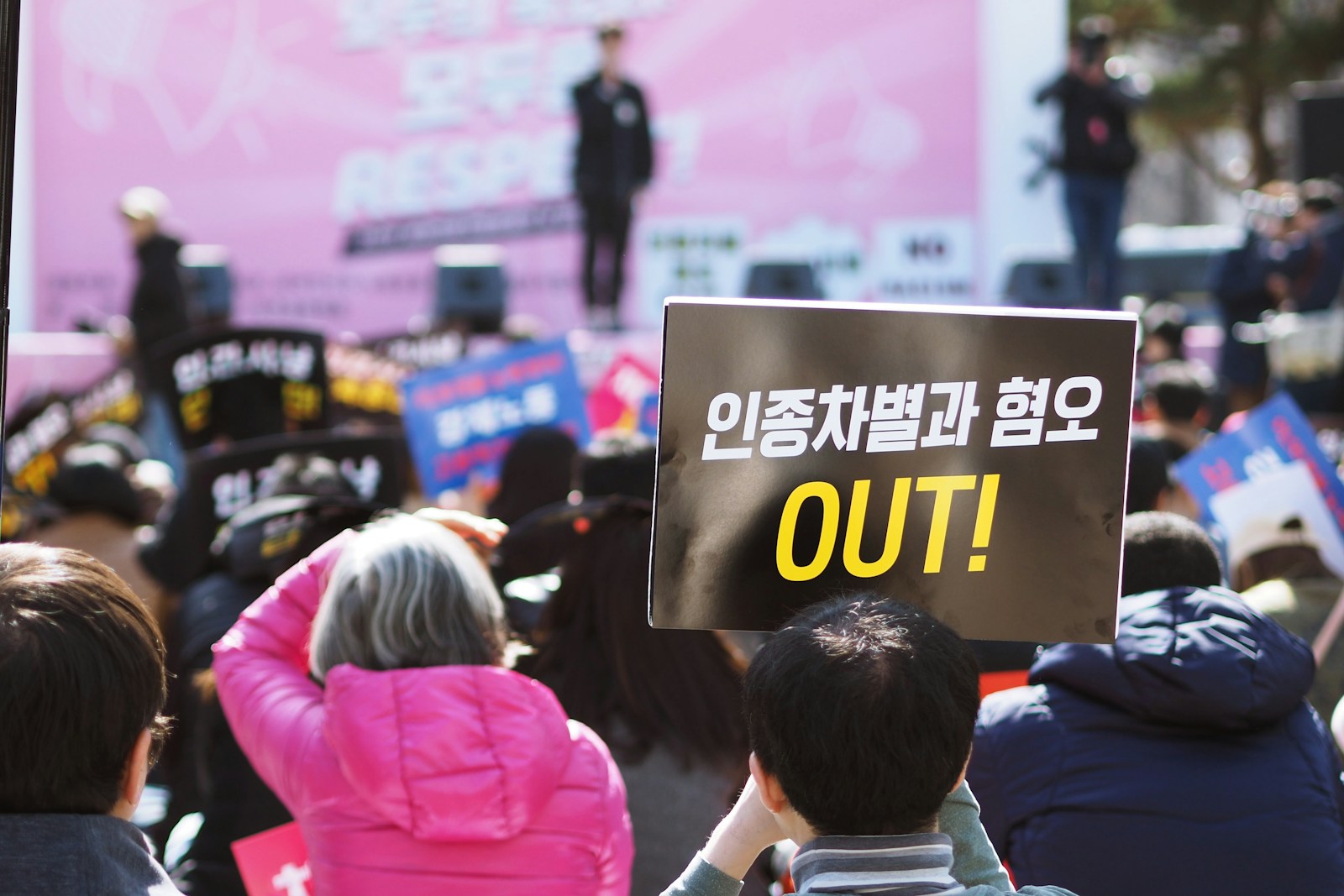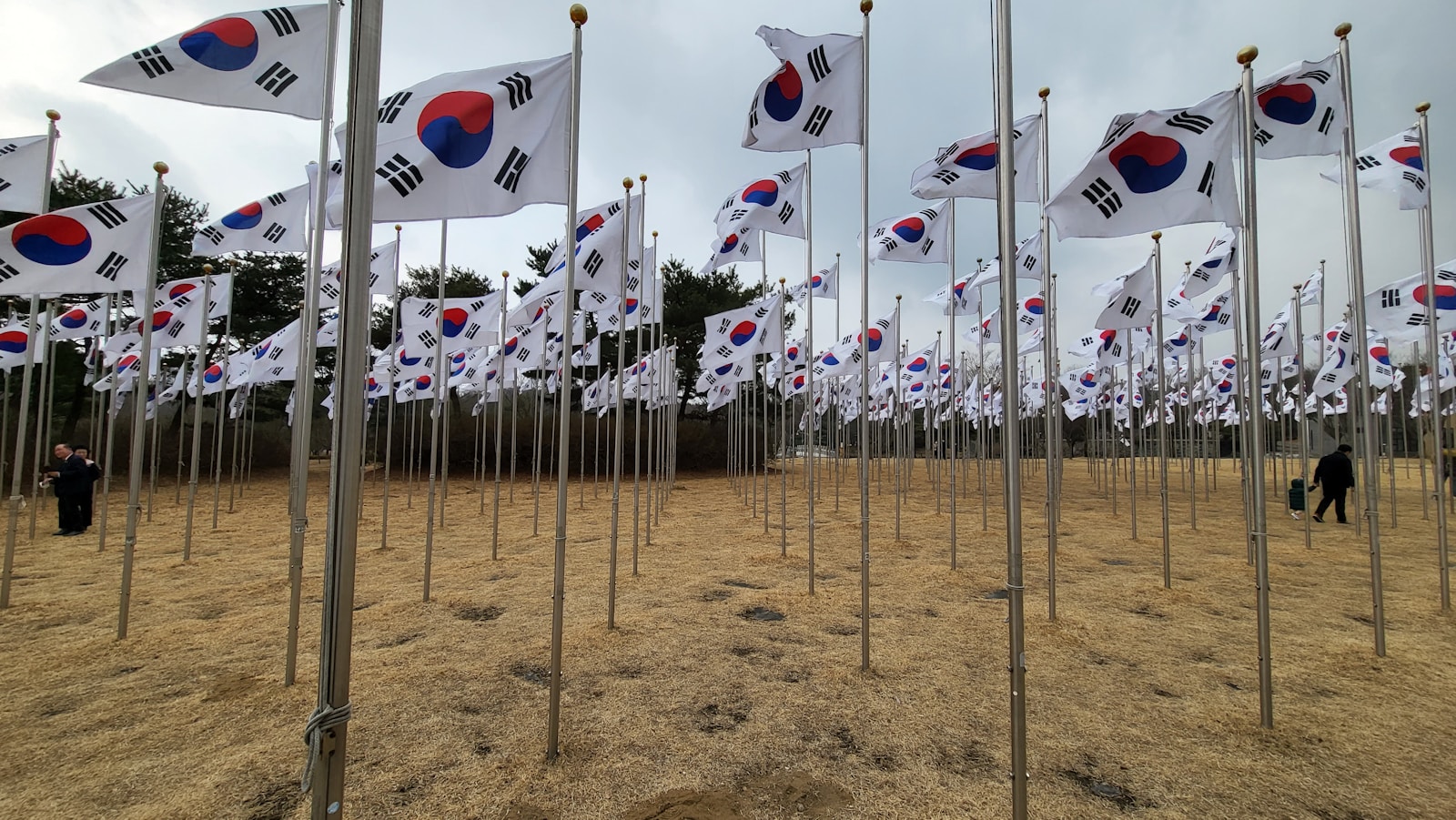The Argosy Debates: Is K-Pop's Global Dominance a Net Positive for South Korea?

Editor's Note: From BTS addressing the UN to BLACKPINK headlining Coachella, K-Pop's global reach is undeniable. It's a source of immense national pride and economic power. But is the hyper-industrialized 'idol' system a sustainable model for cultural and economic health? We asked two of our writers with very different perspectives to weigh in.
The Unsentimental Case for the K-Pop Machine
By Anthony Min
Let's be direct and set aside the romantic notions of culture. A nation's cultural output is an asset, and the goal is to maximize its return on investment. By this metric, the K-Pop industry is one of the most successful economic projects in South Korea's history. We are not discussing art; we are discussing a high-margin, globally competitive export category that has proven remarkably resilient.
The numbers speak for themselves. The industry generates billions in direct revenue, but its true value lies in the halo effect. The global popularity of K-Pop directly fuels tourism, fashion, cosmetics, and food exports. When a member of a popular group is seen using a Samsung phone or eating a certain brand of ramen, the impact on sales is immediate and quantifiable. This is soft power converted into hard currency. Complaining about the "authenticity" of this model is like complaining that a semiconductor factory is not an artisanal craft shop. It misses the point entirely.
The "idol system," often criticized for being too rigorous, is simply a highly efficient talent development pipeline, not unlike the elite training academies of professional sports leagues. It identifies raw talent, invests heavily in its development, and manufactures a product with a high probability of success in the global marketplace. It is a system of risk mitigation and quality control. To argue against it is to argue against the very principles of scalable, successful business. K-Pop's dominance is a triumph of strategy, investment, and execution, and it is a net positive on South Korea's national balance sheet.
The High Cost of a Cultural Monoculture
By Saerom Kim
To view K-Pop through the cold lens of a balance sheet, as my colleague does, is to ignore the product's very soul: culture. And from a cultural perspective, the hyper-industrialized K-Pop machine is creating a dangerous monoculture that risks eroding the very identity it claims to represent. It is a system that polishes, perfects, and packages a single, narrow vision of Korean beauty and artistry for mass consumption, while leaving little room for anything else to flourish.
Living in the American South, I see the power of deep, slow, and often messy culture. It's in the food, the music, the traditions that have been passed down and evolved over generations. The K-Pop idol system, by contrast, is a top-down factory model. It takes young, talented teenagers and puts them through a grueling process that often strips them of their individuality in the pursuit of a flawless, marketable persona. The result is a generation of performers who are breathtakingly skilled but artistically constrained, and a global audience that receives a beautiful but deeply artificial snapshot of what it means to be Korean.
This isn't just an artistic concern; it's a long-term liability. What happens when the world's tastes change and the current K-Pop formula becomes stale? A healthy cultural ecosystem is diverse, with a thriving indie scene, challenging artists, and a wide range of voices. By pouring so much of our cultural capital into a single, dominant industry, we risk becoming a one-trick pony. We are selling a caricature of ourselves, and while the short-term profits may be impressive, the long-term cost is the hollowing out of our rich, diverse, and authentic cultural landscape. Real cultural power is not about creating flawless products, but about fostering a resilient and creative society. On that front, the K-Pop machine is failing.



